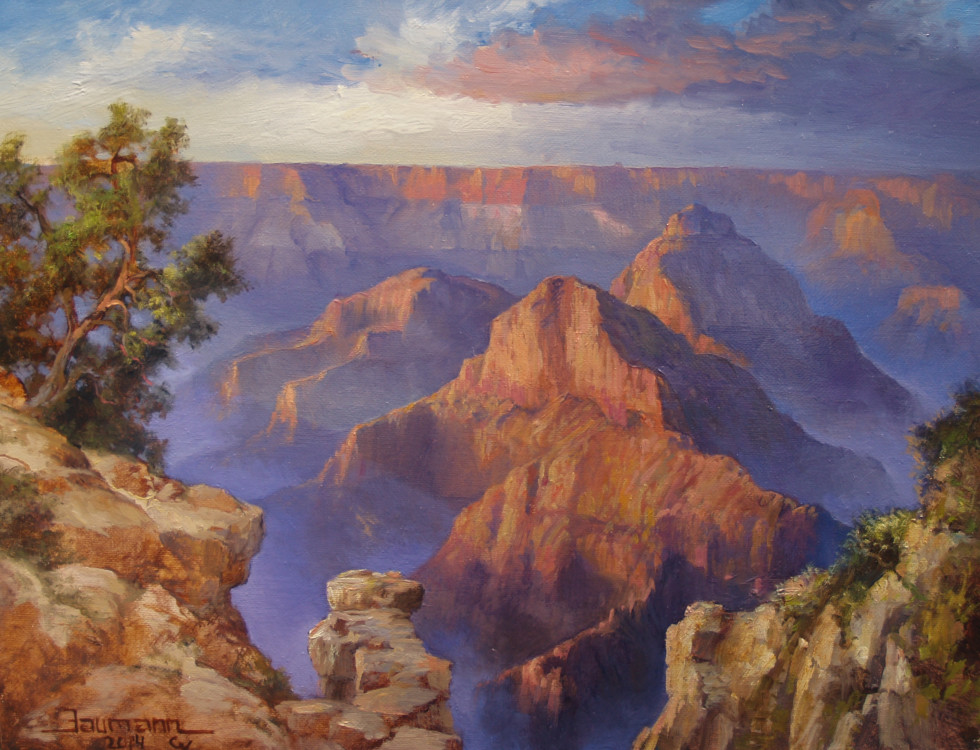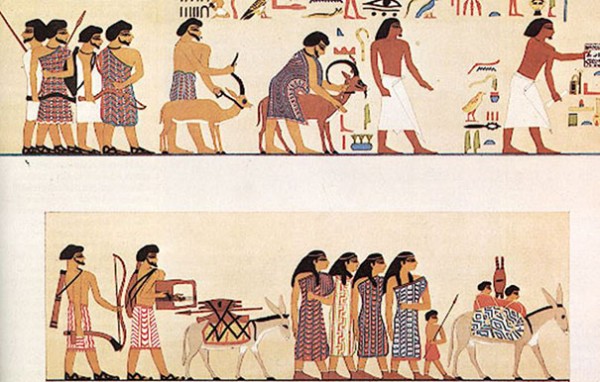Confederacy of New Mexico: Internal Relations I
New Mexico is a Confederacy, but not just within the land once known as New Mexico: rather, it is a league between the sovereign states of Arizona, Dinetah, and of course New Mexico, each presided over by a Chief. But then there is the fact that the President of the Confederacy is afforded almost unlimited power as a living manifestation of the gods, his residence in New Mexico essentially making it first among equals. But even this image of the President as an unchallenged and omnipotent deity is often complicated by reality.
Below is a survey of the complex relations of power within the New Mexican state, beginning with those regions that are not fully integrated into the Confederacy..
The Borderlands
Nogales
Nogales is one of the most historic of the New Age. This was city captured by the Aquarians of Tumacacori in the Great Drought of the 200s, and it was with this power base that they launched the conquest of Two Sun - the first major city of Arizona to be conquered by the New Agers. Nevertheless, Nogales lay at the edge of effective New Mexican control, with the President in Albuquerque so far and the Broncos so near. Though it is technically a Commune within the Confederacy, it is not classed as a part of Arizona, and the Communarch often acts as an independent sovereign.
Nogales serves primarily as New Mexico’s main over-land route to the Mexican Empire itself, as well as serving as the main trade post for the many northern tribes. This has meant the people of Nogales have been influenced by the morose cult of the Santa Muerte, giving its people a reputation for harboring bad vibes.
In times of stability, camel-jockeys may travel unabated from Nogales to the city of Tumacacori, and then from there to the metropolis of Two Sun. In times of instability, however, tribal raiders come from out of the hills that encircle the Santa Cruz valley. To the east are the Pinemen of the Canelo Hills. Enthusiastic worshippers of the Santa Muerte, they are known to crucify lost travelers to bring the rain. To the west are the Patagones of the Patagonian hills. They are a Chihuahuan tribe, riding around on pusbikes and occasionally raiding caravans. They have an animistic religion that worships the sky islands as conduits to the divine.
Grand Canyon
Being a site of natural majesty, it is no surprise that the Grand Canyon has taken on a holiness to the Aquarians of New Mexico. They believe that it Though the President in Albuquerque would certainly like to hold the canyon under his direct control, the distances involved make it nearly impossible. Control over Dinetah is difficult enough, fractured and arid landscape that it is. The Grand Canyon lay at the very edge of what the President may exercise anything resembling sovereignty. Thus, the country is not assigned to a Communarch as truly integrated provinces are but by a War Chief who reports to the Communarch of Flagstaff.
But even the War Chief from his seat in the cliff-pueblo of Grand Canyon Village has trouble controlling the Grand Canyon. The tribes that call the canyon home are known to be wild. Descended from tourists, park rangers, and a smattering of natives, when the Regression came these tribals quickly devolved into abject savagery - idolatry, inbreeding, cannibalism. They spent and still spend most of their time fighting petty wars with one another. Occasionally, the constantly battling tribes will confederate and direct their fury upon the peoples who live near to the Canyon. The Great Drought of the 200s prompted the most wide-ranging raids yet, reaching as far as Vegas and Flagstaff. The Navajo took to calling them the Anasazi, as a reference to the half-legendary race of ancient barbarians they once did battle with. They themselves adopted embraced the name.
The Anasazi are death-cultists. They believe that they are already dead, and that they died during the Regression. They believe the chasm is the pit of hell, and it is their duty to serve the diabolical gods that dwell in the chasms and caves of the canyon by bringing them sacrifices. When they die a second time, they join the ranks of the demons of the canyons and, if they lived a good life (meaning a life of revelry and successful raids), they may be remembered not only generally but by name as gods. Though the cult developed in relative isolation from the Santa Muerte, they have adopted her as one of their chief deities.
The Vegasites were the first people to subdue these tribes by waging a genocidal campaign of extermination. In the 2500s a peace was drawn up and the Anasazi that forced them to pledge sovereignty to Vegas, to send men to serve as auxiliaries in his army, and to mellow their violent religion. Following the fall of Vegas in the 28th century, the Anasazi resumed warring with one another, but eventually the Aquarians arrived and imposed their rule over them. Though the War-Chief does his best to exact tribute and maintain order, the countless crags and ravines have allowed the Anasazi to maintain much of their old way of life, albeit much toned down from the pre-Vegasite conquest era.
Lower Gila
The Gila Valley is not a single state but a series of independent townships stretching from Gila Bend to Dome. They exist at the crossroads between New Mexico and Bajo Colorado, and are often divided as to which side they have more in common with. On the one hand, Yuma is so near and Albuquerque is so far. The culture of small-holding independent farmers has more in common with the city states of Bajo Colorado than it does with the despotate of New Mexico. On the other, the inhabitants of the Gila Valley are largely of the New Age, worshipping the Gila Monster as their patron deity. For the time being Bajo Colorado is weak while New Mexico is strong, so the Gilites pay their tribute to the communarch of Buckeye. The President is currently drafting plans to invade Bajo Colorado through the Gila Valley, though this will no doubt draw in the Californians.
Western Arizona
Western Arizona is a desolate land, stretching across the northern Sonora and the Coconino plateau. The people here are pueblo-dwellers and shepherds, much like the nomads of Nevada except not quite so impoverished. The Arizonans shepherds are almost entirely of the New Age, converted long ago by Sedonan mission work. However, this savage country has never been fully integrated into New Mexico. Occasionally the tribes will raid Dinetah and Arizona proper, but for the most part they give slaves and tribute to the Governor of Arizona.
Pecos
New Mexico has always had a troubled relationship with the Pecos Valley. While it is very close to the heartland of New Mexico, it is separated by the formidable Sangre de Cristos mountains - historically, these peaks have been considered the spiritual limit of the Navajo nation. Nevertheless, the river is fertile, and its proximity to sacred Carlsbad and Roswell make control of it economically and spiritually vital to the Presidency.
In the early days of the Regression, it fell under the control of the so-called Pecos Cowboys. The Pecos Cowboys were a tribe of horsemen influenced by the New Age who worshipped the Gray and Roswell, forcing the agricultural people in the region to pay them hefty tribute. In the 2340s, with the aid of Mescalero Indians, then-governor Fighting Hawk conquered the valley and drove most of the horsemen to distant Oklahoma where they would become the Okies. But the valley would remain constantly threatened, both by the Okies and by the other tribes of Texan cowboys. The valley has fallen many times, but the spiritual importance of Roswell means that the Confederacy will always reconquer it sooner or later. With the rise of the Anderson clan and the decline of the Okies and most Texan clans, the valley has enjoyed a relative peace, but the threat always remains that the Andersons will turn their eyes westward.
The Pecos Valley is governed by its own Sub-Governor.






